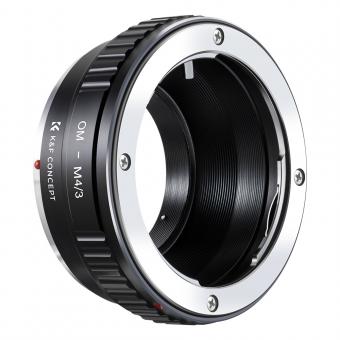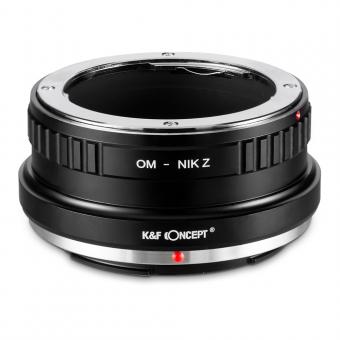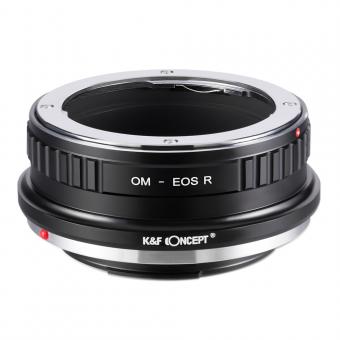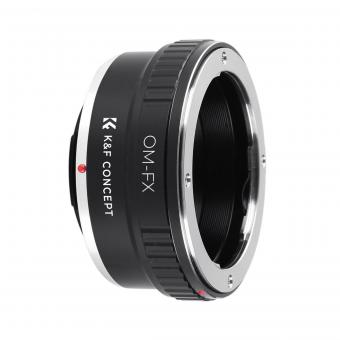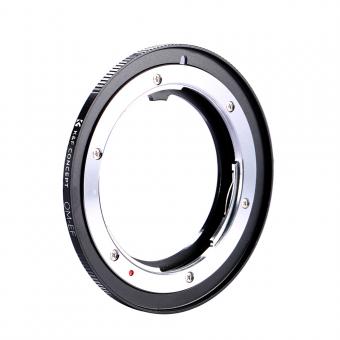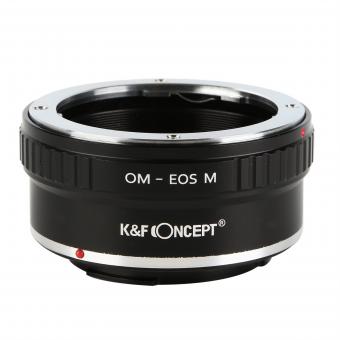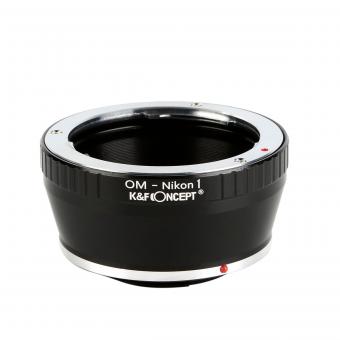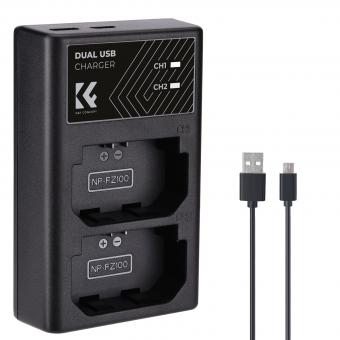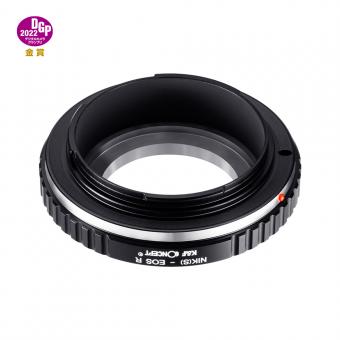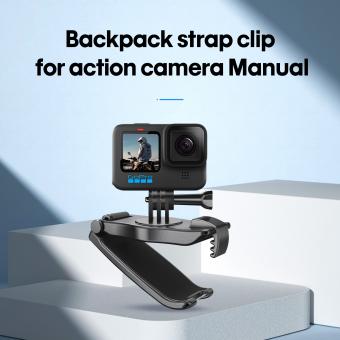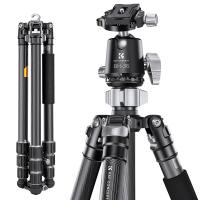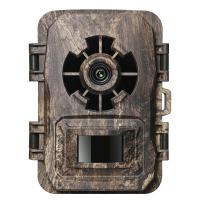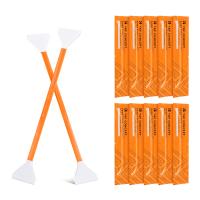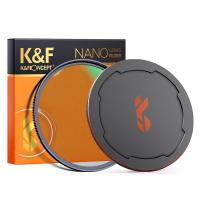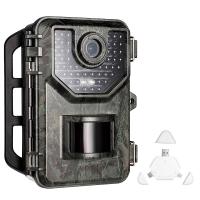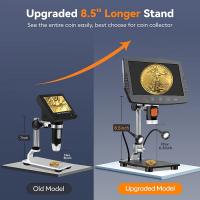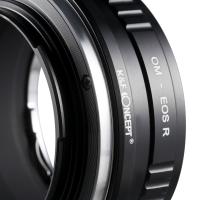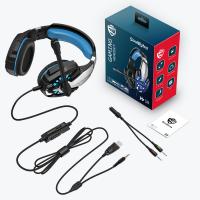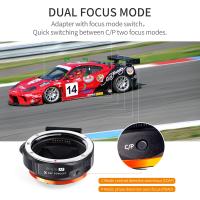Are Olympus Om Lenses Compatible With Digital Cameras ?
Olympus OM lenses are not directly compatible with digital cameras due to the difference in lens mounts. However, with the use of an adapter, it is possible to mount OM lenses on digital cameras. Adapters are available that allow OM lenses to be used on various digital camera systems, such as Micro Four Thirds or Sony E-mount. It is important to note that when using an adapter, certain functionalities may be limited or not available, such as autofocus or electronic aperture control. Additionally, the image quality and performance of the lens may vary when used on a digital camera compared to its original film camera counterpart.
1、 Olympus OM lenses: Overview and compatibility with digital cameras
Olympus OM lenses were originally designed for the Olympus OM series film cameras, which were popular in the 1970s and 1980s. These lenses are known for their excellent build quality and optical performance.
In terms of compatibility with digital cameras, Olympus OM lenses can be used on modern digital cameras with the appropriate adapter. This is because the OM mount has a shorter flange focal distance compared to other SLR mounts, making it easier to adapt to different camera systems.
There are a few things to consider when using Olympus OM lenses on digital cameras. Firstly, the lens may not communicate electronically with the camera, so features like autofocus and automatic exposure may not work. Manual focus and manual exposure control will be required.
Secondly, the image circle of Olympus OM lenses is designed to cover the 35mm film format. When used on digital cameras with smaller sensors, there will be a crop factor that affects the effective focal length of the lens. For example, a 50mm lens on a Micro Four Thirds camera will have an equivalent focal length of 100mm.
Despite these limitations, many photographers still enjoy using Olympus OM lenses on digital cameras. The lenses offer a unique rendering and character that can be difficult to replicate with modern lenses. Additionally, the relatively low cost of used OM lenses makes them an attractive option for those on a budget.
In conclusion, Olympus OM lenses can be used on digital cameras with the appropriate adapter. While there are some limitations, they offer excellent build quality and optical performance, making them a popular choice among photographers.
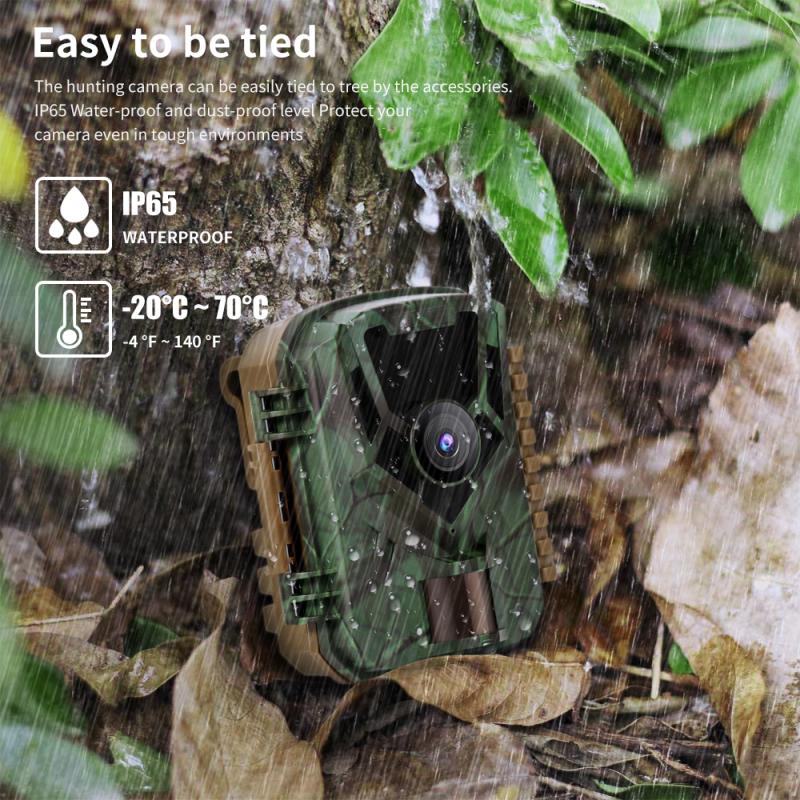
2、 Mount conversion options for using Olympus OM lenses on digital cameras
Olympus OM lenses were originally designed for use with film cameras, specifically the Olympus OM series. However, with the advent of digital cameras, there has been a growing interest in using these classic lenses on modern digital camera bodies.
The compatibility of Olympus OM lenses with digital cameras depends on the camera's mount system. Most digital cameras today use either the Canon EF mount or the Nikon F mount, which are not directly compatible with Olympus OM lenses. However, there are mount conversion options available that allow you to use these lenses on digital cameras.
One popular option is to use an adapter that allows you to mount Olympus OM lenses onto a digital camera body. These adapters come in various designs and are readily available online. They essentially act as a bridge between the lens and the camera body, allowing you to physically attach the lens to the camera. However, it's important to note that using an adapter may result in some limitations, such as the loss of autofocus and electronic aperture control.
Another option is to use a lens mount conversion service. Some companies specialize in converting Olympus OM lenses to different mounts, such as Canon EF or Sony E-mount. This option provides a more seamless integration with the digital camera system, as the lens is permanently converted to the desired mount. However, it is worth considering the cost and potential impact on the lens's optical performance before opting for this solution.
It's important to keep in mind that while using Olympus OM lenses on digital cameras can be a fun and creative way to explore vintage photography, the image quality and overall performance may not match that of modern lenses specifically designed for digital cameras. Additionally, compatibility and functionality may vary depending on the specific lens and camera combination. Therefore, it is recommended to do thorough research and consider the limitations before investing in mount conversion options for using Olympus OM lenses on digital cameras.
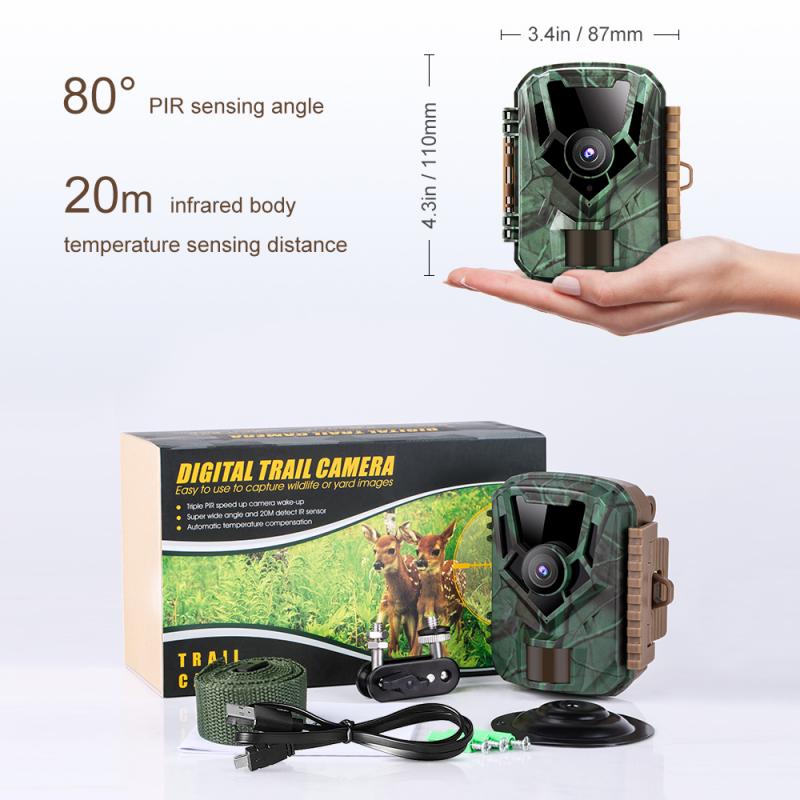
3、 Adapting Olympus OM lenses to modern digital camera systems
Adapting Olympus OM lenses to modern digital camera systems has become increasingly popular among photographers. Olympus OM lenses were originally designed for the Olympus OM film camera system, which was popular in the 1970s and 1980s. These lenses are known for their excellent build quality and optical performance, making them highly sought after by photographers who appreciate vintage lenses.
The good news is that Olympus OM lenses can be adapted to work with modern digital camera systems. There are various adapters available in the market that allow photographers to mount these lenses onto digital cameras from different manufacturers, such as Canon, Nikon, Sony, and Fujifilm. These adapters typically come with a mechanical connection to ensure proper alignment and focus control.
However, it is important to note that when adapting lenses from one system to another, there are certain limitations and considerations to keep in mind. One of the main challenges is the difference in flange distance between the original Olympus OM mount and the digital camera mount. This difference can affect the lens's ability to focus to infinity, and in some cases, may require additional corrective optics to maintain proper focus.
Additionally, adapting lenses may result in the loss of certain functionalities, such as autofocus and electronic aperture control. This means that photographers will need to manually focus and set the aperture on the lens itself. While this may be a drawback for some, many photographers enjoy the tactile experience and creative control that manual focusing provides.
In conclusion, Olympus OM lenses can be adapted to modern digital camera systems, allowing photographers to enjoy the unique characteristics and optical qualities of these vintage lenses. However, it is important to be aware of the limitations and considerations involved in the adaptation process.
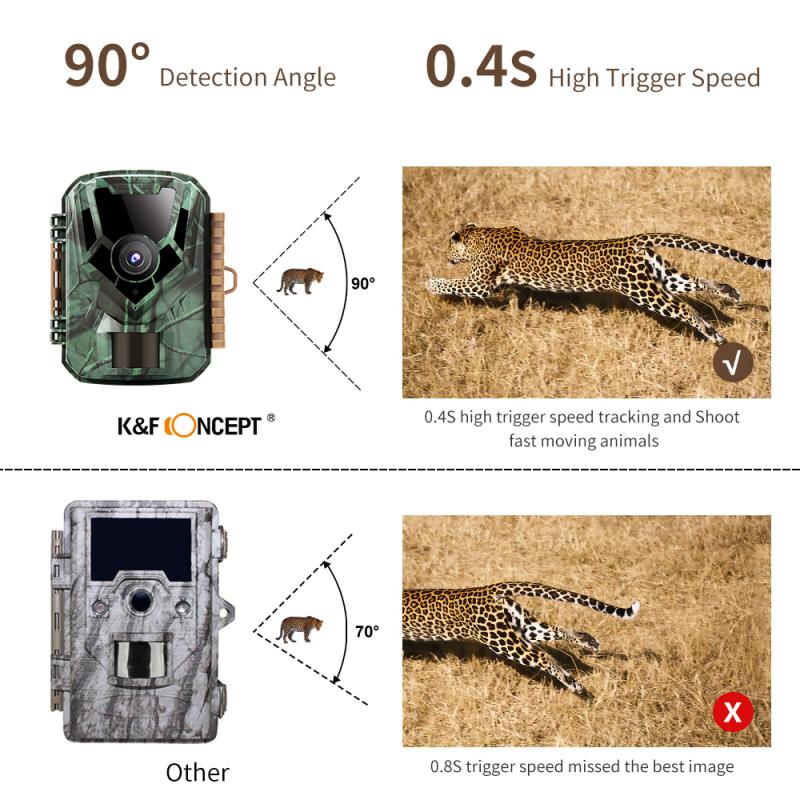
4、 Limitations and considerations when using Olympus OM lenses on digital cameras
Olympus OM lenses were originally designed for use with film cameras, specifically the Olympus OM system. However, with the advent of digital cameras, it is possible to use these lenses on digital camera bodies with the appropriate adapter.
In general, Olympus OM lenses are compatible with digital cameras from various manufacturers, including Olympus itself. However, there are some limitations and considerations to keep in mind when using these lenses on digital cameras.
Firstly, it is important to note that Olympus OM lenses were designed for manual focus. While some digital cameras support manual focus, many modern cameras rely heavily on autofocus systems. Therefore, using OM lenses on digital cameras may require manual focusing, which can be challenging for some photographers.
Additionally, OM lenses do not have electronic contacts to communicate with the camera body. This means that certain features such as autofocus, automatic exposure, and lens information may not be available when using OM lenses on digital cameras. However, some camera bodies do offer manual focus assist features, focus peaking, or focus confirmation indicators to aid in manual focusing.
Another consideration is the crop factor. Most digital cameras have a smaller sensor size compared to 35mm film, resulting in a crop factor. This means that the effective focal length of an OM lens will be multiplied when used on a digital camera. For example, a 50mm OM lens on a camera with a 1.5x crop factor will have an effective focal length of 75mm.
Lastly, it is worth mentioning that there are third-party adapters available that allow OM lenses to be used on digital cameras. These adapters vary in quality and functionality, so it is important to do thorough research and choose a reliable adapter.
In conclusion, while Olympus OM lenses can be used on digital cameras with the appropriate adapter, there are limitations and considerations to be aware of. Manual focusing, lack of electronic communication, crop factor, and the need for a reliable adapter are all factors to consider when using OM lenses on digital cameras.


